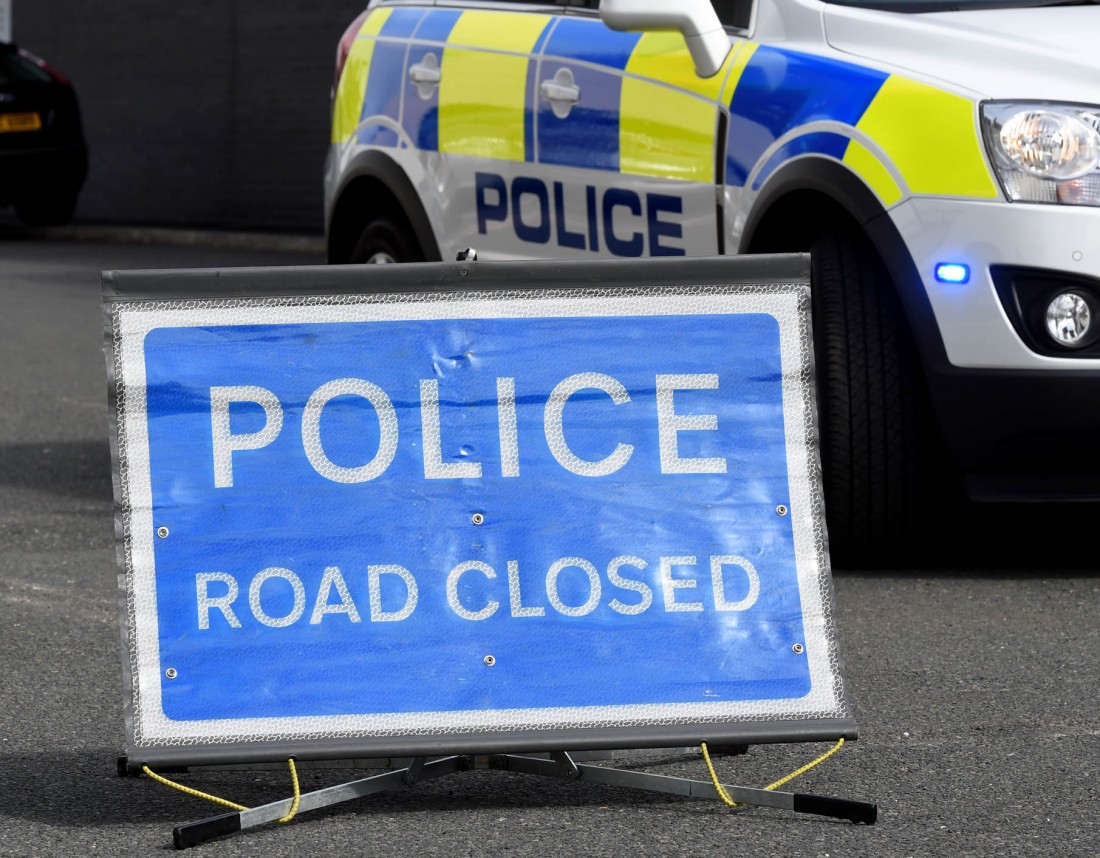IN addition to the nine people who lost their lives on Tyrone roads last year, 96 others were seriously hurt, many sustaining life-changing injuries.
Though headlines tend to focus of the fatalities that occur as a result of traffic collisions, little is said about the people that survive these horrific incidents.
In the words of a former firefighter, “Everybody hears about the ones who are killed, but few know what happens to those who make it out alive.”
Last year, those who lost their lives on Tyrone roads were: Juraj Luptak (49), Julia McSorley (75), Dan McKane (45), Christine McKane (49), Liam Mulligan (28), Ita Cavanagh (73), Denis Kelly (62), as well as a passenger killed on the A5/Curr Road in Omagh on July 21, and a man in his 30s who was hit by a vehicle near Garvallagh Road area of Fintona, Co Tyrone.
However, in light of information obtained from the PSNI through a Freedom of Information Request, the TyroneHerald can reveal that 96 people were also seriously injured on Tyrone roads in 2023, exposing yet another layer of direct damage caused by RTCs.
To help translate the true impact of these numbers, we spoke with Eamon McGrath, a former NIFRS district commander with more than 30 years experience.
“I worked in Omagh from 2001 to 2019 and the majority of incidents I attended – both fatalities and serious injuries – were on the A5. Ask any firefighter based in the area and they will probably tell you the same,” began the Killyclogher man.
“I have seen the aftermath of a lot of crashes, but, even yet, I know I still don’t really understand the actual devastation caused by a road death or serious injury.
“I look at the likes of Kevin Hughes, Kate Corrigan and the family of Caolan Devlin and wonder what they must be going through.”
However, as well as admitting that he struggles to fathom the pain experienced by bereaved families, Mr McGrath also expressed a deep sympathy for all those whose lives have been changed by serious injuries obtained in RTCs.
“When we got a call to respond to a collision, our job was to get the injured person out of the car and into the ambulance as quickly as we could. Unless they lived locally or you knew the family, a lot of times you would never know what happened to them. They might have been paralysed, had a limb amputated, or needed an organ transplant.
“We would rarely find out how their life panned out afterwards.
“When I was working, time was of the essence and the job necessitated that I didn’t think too much about what happened to a person in the weeks, months and years after a collision. Now, though, I sometimes would think about how their life might have changed, and their family’s lives too.”
Having mentioned the A5 as the road chiefly responsible for the tragedies caused on Tyrone’s roads, we asked Mr McGrath what it is about the single-carriageway that makes it so dangerous.
“It’s no secret what the problem is,” he said.
“It’s the volume of traffic, the lack of overtaking opportunities, especially between Omagh and Derry, but also between Omagh and Ballygawley, and it’s all the turn off and adjoining roads. It’s a real mess. The sooner they get the dual-carriageway built, the more lives that will be saved, the more serious injuries will be avoided, and the more families will be spared. It’s as simple as that.”







